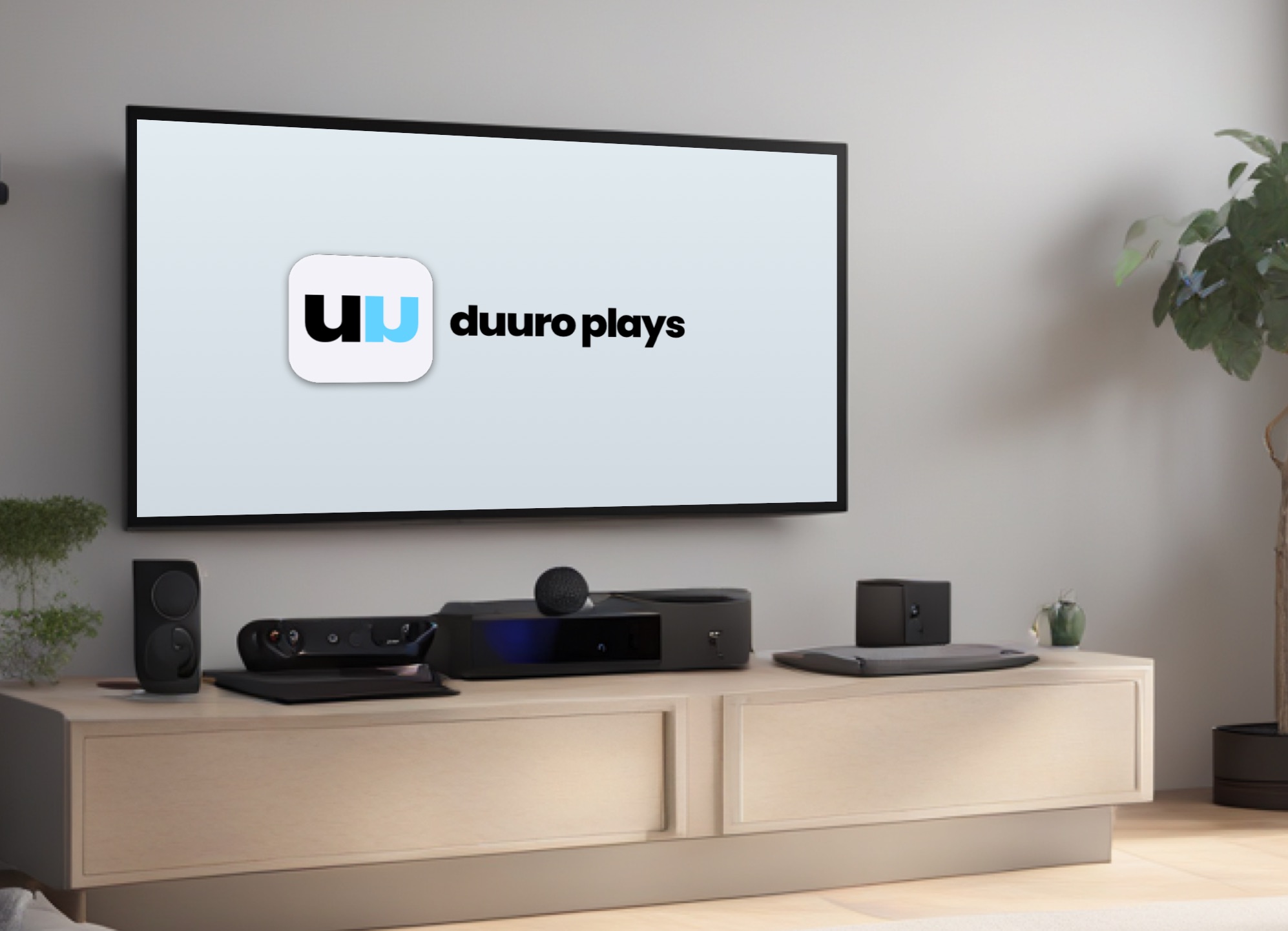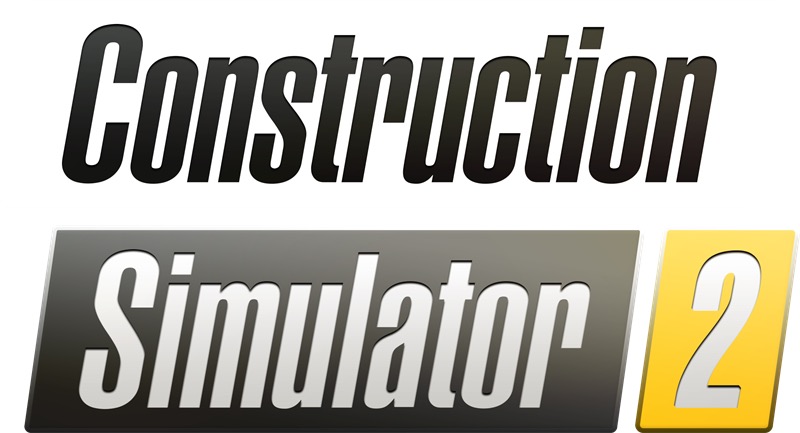Assistive devices for people with disabilities are an undersung force in the tech world. These gadgets don’t always get top-bill write-ups in Wired or ArsTechnica, but their creators (such as noted visionary Ray Kurzweil) have long been at the forefront of futuristic thinking and innovative solutions to real life problems.
Assistive technology is one of the most powerful tools that people with disabilities and their caretaker have. From alert systems to activity research, the tech world is a boon for the disability community. Let’s take a look at a few of the life-changing things happening now with this cutting edge field.
Screen Readers
To anyone who has never before witnessed a visually-impaired person surf the web via a screen reader, the experience can be amazing. Screen readers a website’s code, then explain in detail to the wearer everything on the page. Experienced users can browse and interact with pages with the same speed and ease of anyone else, sometimes even faster.
Microsoft and Google both have their own in-house readers, built to allow visually-impaired people the ability to keep up with the richness of the modern internet. The unveiling of Windows 10 made every top screen reader developer head to the workshop to keep up with progress, too. And they’ve done a fine job!
Wheelchair Gadgets
Wheelchair users are experienced tech-heads, having experienced first-hand the practical aspects that technological innovation can provide for daily life. The industry of gadgetry for wheelchairs is thriving. Here’s some of what’s happening:
-
Gaspard is a system by which wheelchair users can monitor their posture. Sitting in a wheelchair all day can take its toll on your lower back muscles. With Gaspard, users can improve their sitting habits in real time, saving themselves an enormous amount of back pain later in life.
-
The Tek Robotic Device makes a few big innovations to the standard wheelchair. This device allows users to easily maneuver into it from chairs or couches. It also folds up into a standing position, enabling greater mobility and variety.
-
Mobile phone technology, of course, takes some of the boredom out of everyone’s life. By incorporating so much entertainment—from music to e-books to web browsers—into one handheld device, phones continue to make giant strides in life quality for people with disabilities.
Smart Houses
Smart House provide freedom for people with disabilities and easy monitoring for any caretakers involved in their lives. Smart House technology is really an integrated assemblage of other technologies. Basically, the goal of the Smart House is to provide as many useful tools to the resident as possible, allowing him or her to live independently, without the constant watchful eye of support staff and caregivers. Houses vary depending on the resident’s needs, but they may include technologies to assist tasks such as cooking, cleaning, operating telephones, doing laundry, and taking medications.
Smart Houses also reduce the burden of work on caretakers. The aforementioned care tasks become automated, of course, but this technology also serves as a warning system for emergencies. A house fire, for instance, would trigger an automatic call to the local fire station. Break-ins would do the same to the police station. These emergency safeguards do away with the need at some facilities to have full-time staff on site 24 hours a day, every day.




